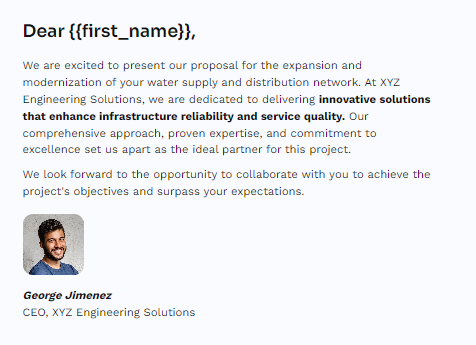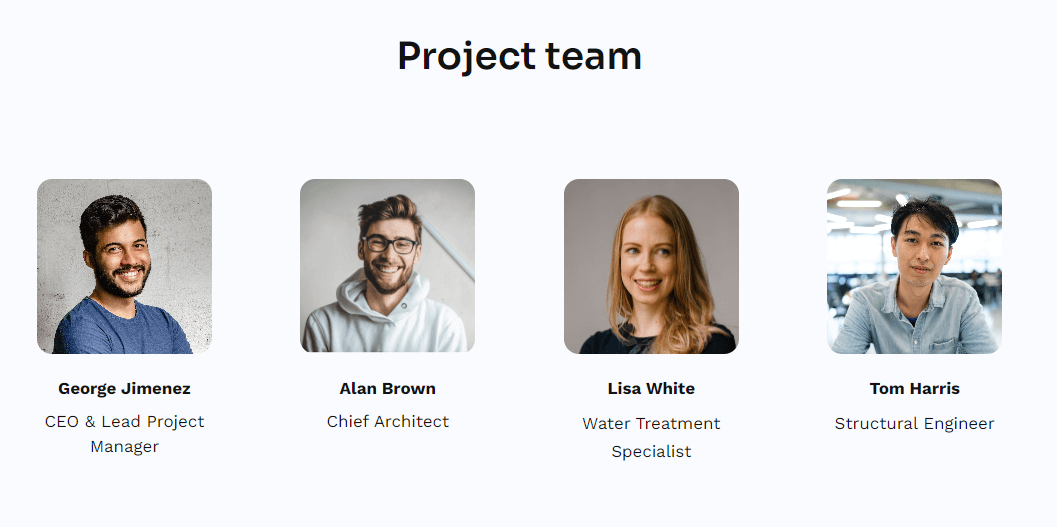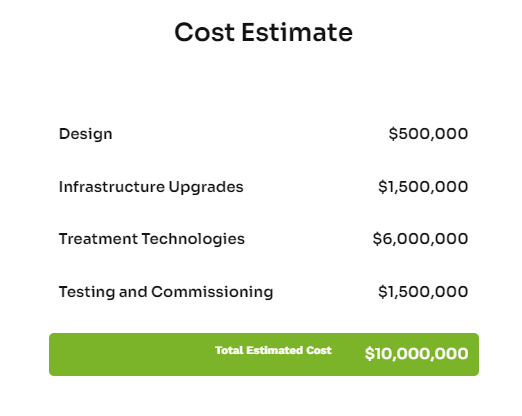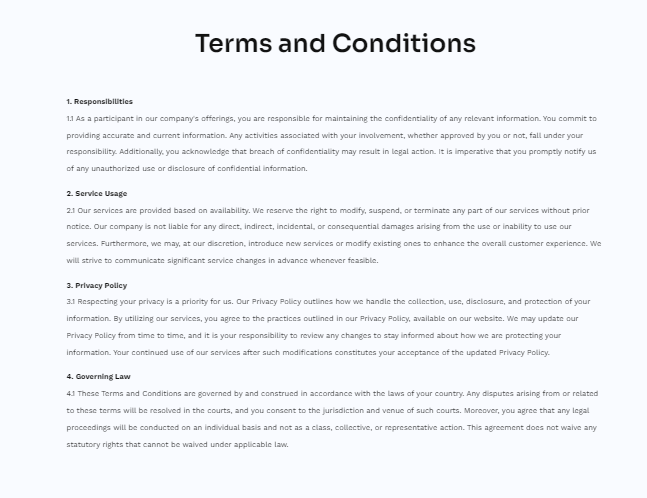5) Qualifications
In the qualifications section, show why you’re the right fit for this project. It’s like the resume part where you highlight your standout skills and experiences.
Start with your technical skills. What expertise do you have that’s directly relevant? Be clear about it. Then, share your track record. Mention successful past projects, especially ones similar to this one.
Include any unique skills or resources you have, like special equipment, exclusive tech, or a top-notch team. These are your key strengths.
If relevant, also point out your company’s strengths. Highlight projects where your company excelled to show that your whole team is up to the task.
This section should make it clear why you’re the best choice. By the end, your reader should feel confident in your ability to deliver great results.
Example of a qualifications slide:




















